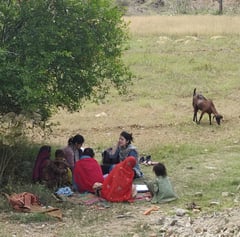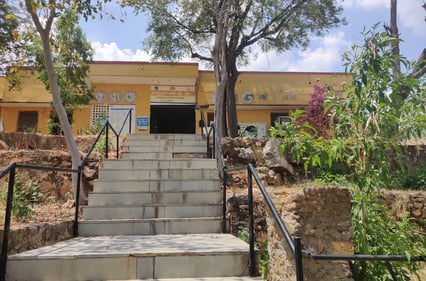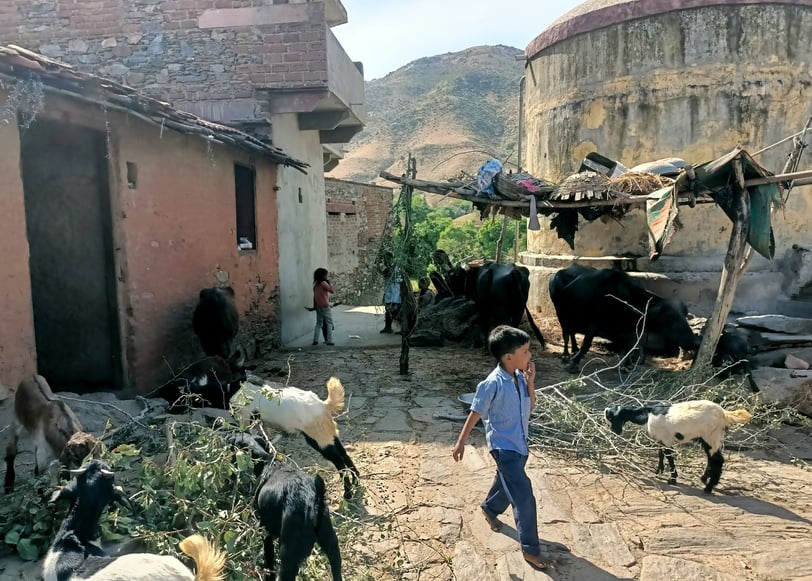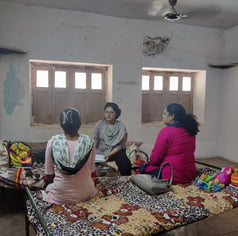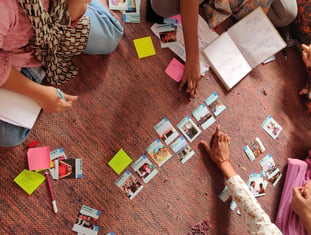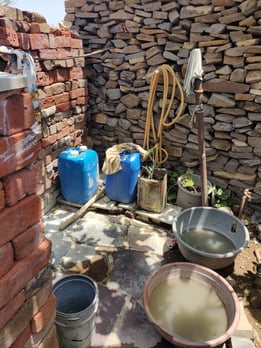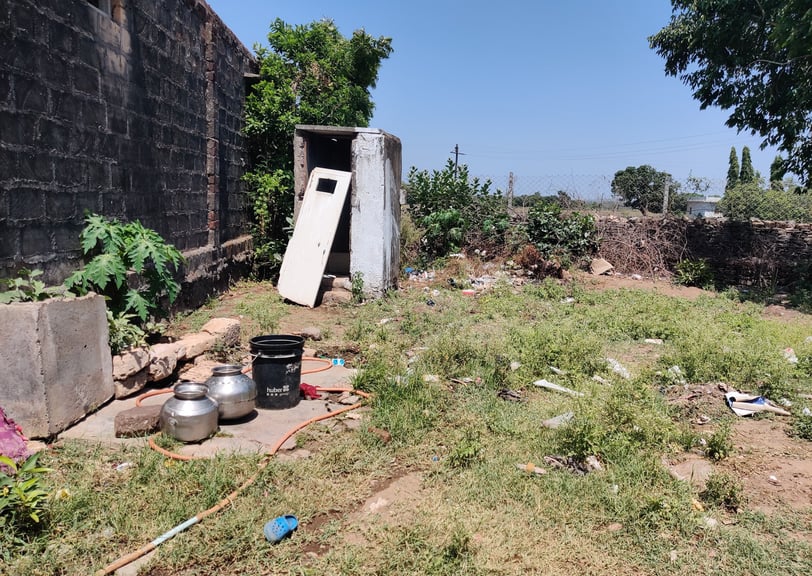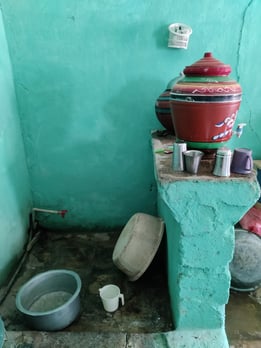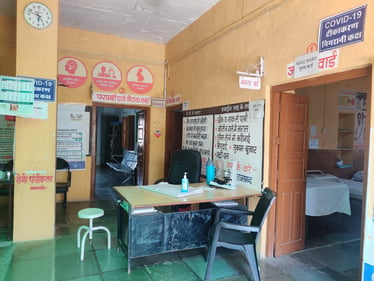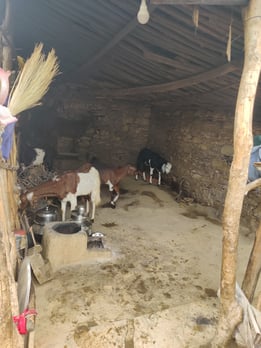Reimagining Nutrition Service Delivery through Ethnography
Over a period of 7 months, we designed and led an action-based ethnographic study across 4 tribal blocks in Rajasthan and Gujarat to explore why malnutrition persisted in the selected regions despite existing public schemes. We examined the issue from a systemic lens — visiting households as well as Anganwadi centers, primary health units (Community Health Centres and Primary Health Centres), and nutrition rehabilitation centers.
Our research was anchored around three pillars which helped us decode where intentions were falling short:
Environment (access barriers, terrain, food ecology)
Family and care behaviors (food behaviors, hygiene practices, tobacco use, intergenerational nutrition)
Systemic readiness (scheme implementation, referral gaps, frontline challenges)
PROJECT BRIEF
Malnutrition among children under five remains a critical issue in India’s tribal regions. Despite recent policy reforms and available services, uptake was low and relapse rates were high in Rajasthan and Gujarat. The goal was to uncover what was driving these gaps — both from the community’s perspective and the system’s — and use the insights to inform and strengthen Reckitt Benckiser’s CSR strategy on child nutrition as part of their flagship program “Reach Each Child”.
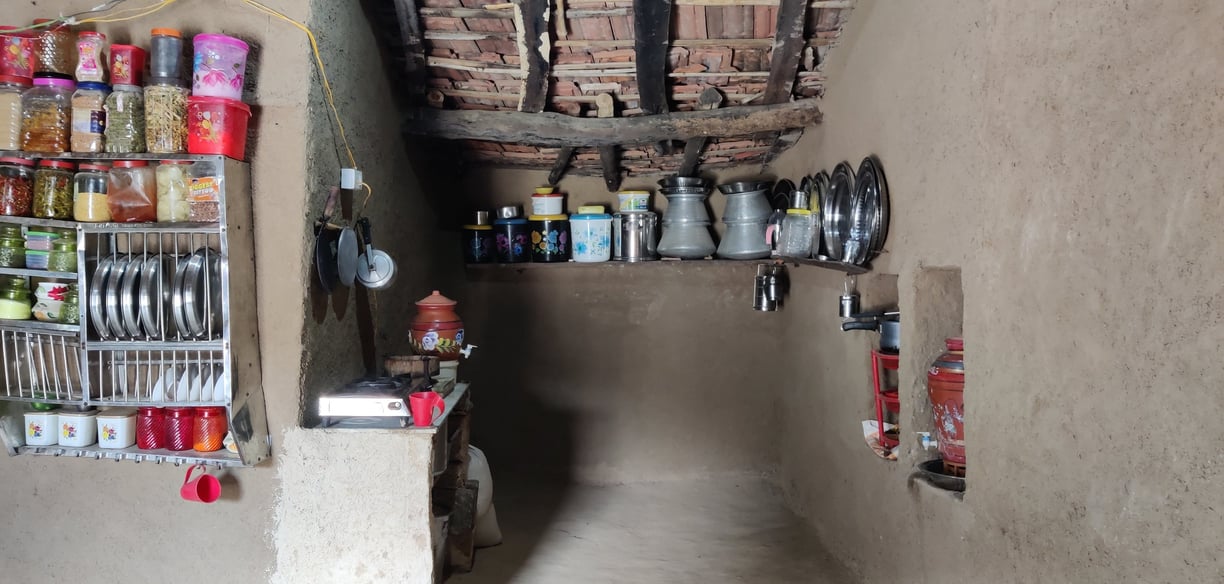

APPROACH
STAKEHOLDERS
We engaged over 100 stakeholders including mothers and caregivers, ASHAs, AWWs, ANMs, CNWs, medical officers, PRI members, and district officials. To capture the complexity of behaviors and barriers, we designed a mixed-methods research toolkit combining:
Detailed Household & supply-side interviews
Focus Group Discussions (FGDs) to compare beliefs, attitudes, and practices across households
Participatory tools like Color on My Plate (to map dietary diversity), 24-hour food recall, Journey mapping (to understand care-seeking touchpoints and delays), Visual cue cards (to trigger reflection and reduce interview fatigue) and so on.
Facility walkthroughs to observe service flow, stock availability, and workforce behavior
To ensure trust and cultural sensitivity, we collaborated with local mobilizers and translators, particularly in remote villages where language, dialect, and social familiarity heavily influenced data quality.
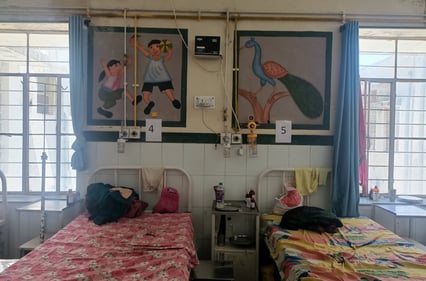

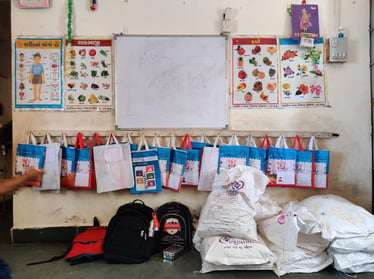

KEY INSIGHTS
We worked across two culturally distinct geographies, Rajasthan and Gujarat, each revealing different faces of malnutrition. Among tribals in Rajasthan, malnutrition was visible and acute, driven by low birth spacing, poor complementary feeding, hygiene gaps, and fragmented service uptake. In contrast, the Siddi community in Gujarat (an ethnic minority of African descent) revealed more hidden forms of undernutrition. Despite children appearing physically well, we uncovered high rates of micronutrient deficiencies, maternal anemia, and intergenerational nutrition loss — linked to restrictive food habits and high tobacco use. These nuances underscored the need for context-specific detection and response models. This divergence between visible and invisible malnutrition highlighted the need for contextual segmentation and locally tuned detection strategies.
Our presence in last-mile locations surfaced critical barriers — including terrain-induced delays in care-seeking, disconnect between scheme design and ground implementation, and reliance on traditional healers or local practitioners, often due to mistrust in public health systems. This immersive and inclusive process gave us a high-resolution understanding of both demand- and supply-side pain points, ultimately enabling more targeted and context-specific recommendations.
OUTCOME
The research culminated in the development of a care-seeking pathways framework — a strategic tool that mapped how families navigate decisions around child nutrition and healthcare, uncovering critical behavioral and systemic drop-off points. This framework enabled the accurate identification of high-need beneficiary groups, including those previously overlooked due to invisible forms of malnutrition, like the Siddi community in Gujarat. These insights played a key role in guiding a shift in the client’s CSR strategy toward more targeted, context-aware interventions.
Additionally, the study surfaced actionable service delivery gaps and themes for awareness-building among both communities and frontline staff. Several of the participatory research tools developed such as color on my plate wheel, were later adapted for use by CNWs to support more engaging, effective counselling with families.
